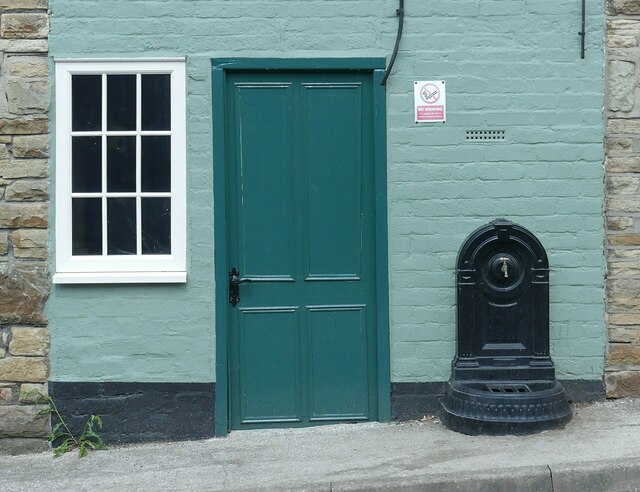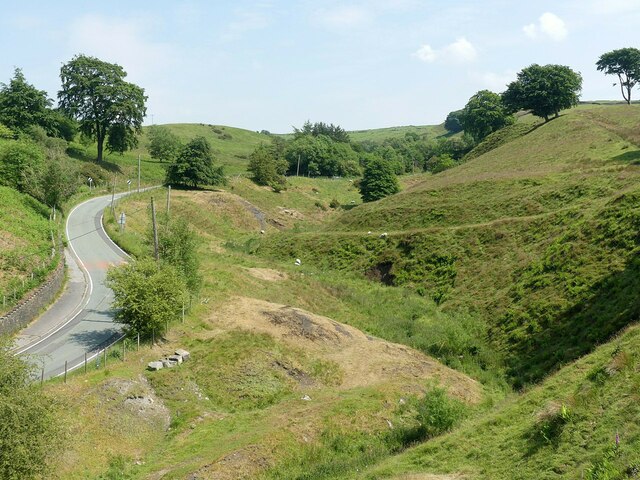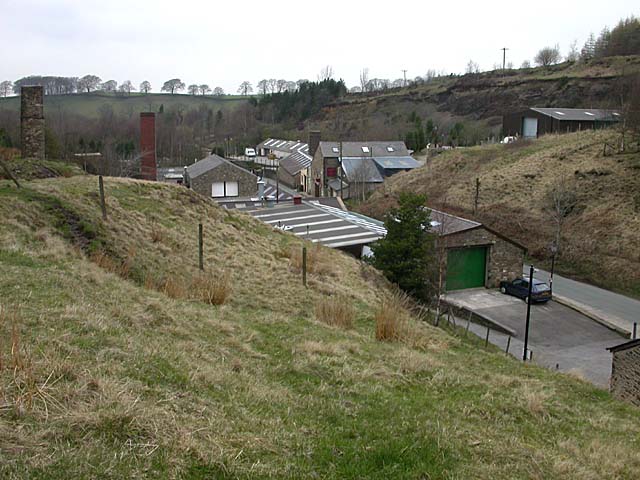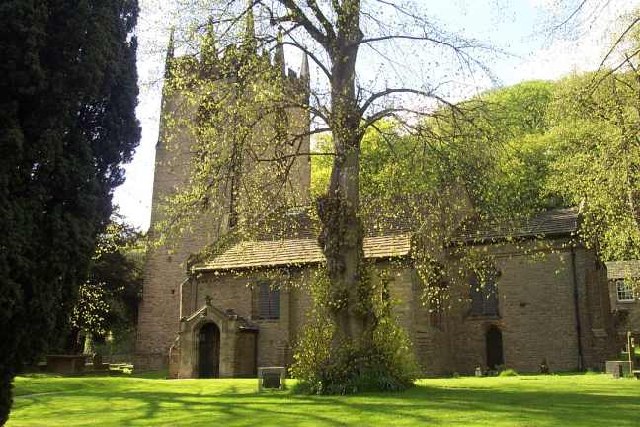Deer Clough
Valley in Cheshire
England
Deer Clough
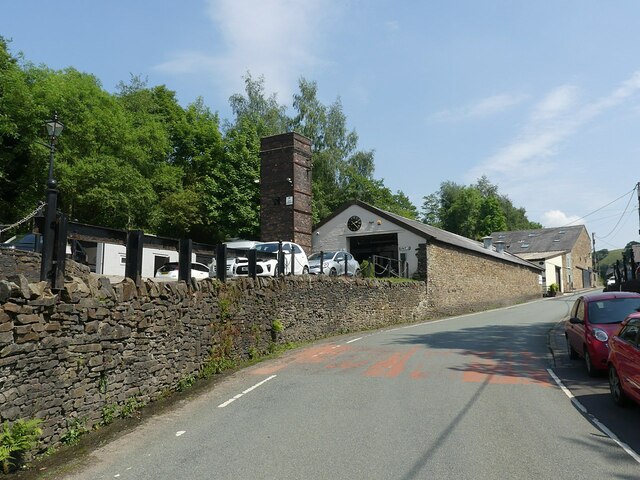
Deer Clough, located in Cheshire, is a picturesque valley renowned for its natural beauty and rich wildlife. Nestled in the rolling countryside of northwest England, it offers a tranquil retreat for nature enthusiasts and hikers alike. The valley stretches for approximately 2 miles and is shaped by the meandering Deer Brook, which gently flows through the landscape, adding to its charm.
The valley is characterized by its lush green meadows, dense woodlands, and scenic vistas. It is home to a diverse range of flora and fauna, making it a haven for wildlife lovers. Visitors can spot a variety of bird species, including robins, thrushes, and woodpeckers, as well as small mammals such as rabbits and squirrels.
The surrounding woodlands are carpeted with bluebells during the spring, creating a stunning display of colors. Walking trails crisscross the valley, offering visitors the opportunity to explore its natural wonders at their own pace. The trails are well-maintained, making them accessible for people of all ages and abilities.
Deer Clough also boasts a rich history, with remnants of ancient settlements and burial mounds scattered throughout the area. These archaeological sites provide a glimpse into the valley's past and add an element of intrigue for history enthusiasts.
Overall, Deer Clough is a hidden gem in Cheshire, offering visitors a chance to immerse themselves in nature, unwind from the hustle and bustle of everyday life, and discover the beauty and tranquility of this captivating valley.
If you have any feedback on the listing, please let us know in the comments section below.
Deer Clough Images
Images are sourced within 2km of 53.330372/-2.0758476 or Grid Reference SJ9581. Thanks to Geograph Open Source API. All images are credited.

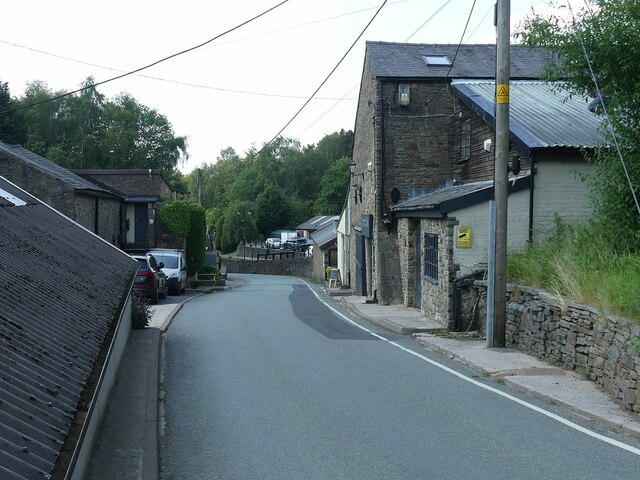
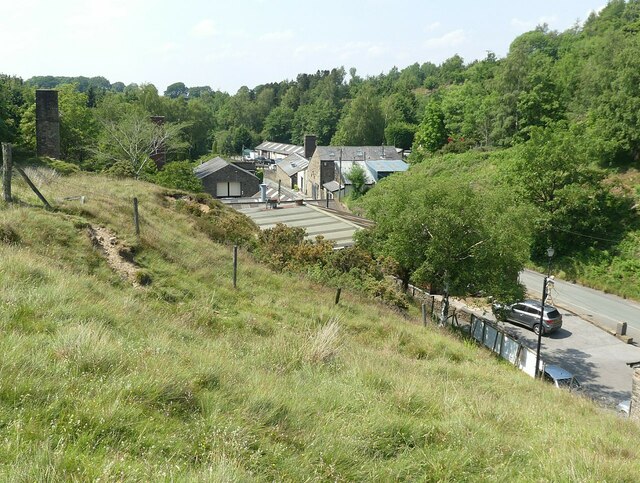
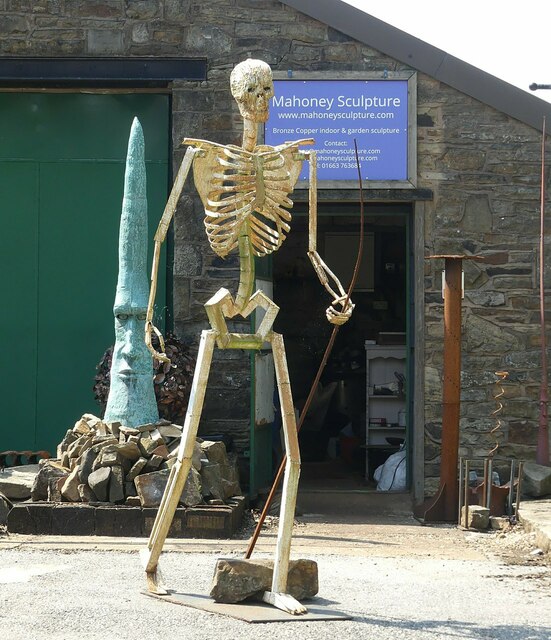
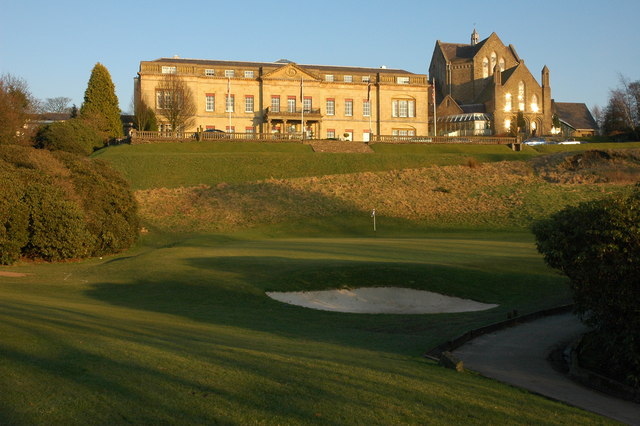



Deer Clough is located at Grid Ref: SJ9581 (Lat: 53.330372, Lng: -2.0758476)
Unitary Authority: Cheshire East
Police Authority: Cheshire
What 3 Words
///financial.ironclad.circulate. Near Pott Shrigley, Cheshire
Nearby Locations
Related Wikis
Lyme Park
Lyme Park is a large estate south of Disley, Cheshire, England, managed by the National Trust and consisting of a mansion house surrounded by formal gardens...
Lyme Handley
Lyme Handley, sometimes known as Lyme, is a former civil parish, now in the parish of Kettleshulme and Lyme Handley, in between Disley and Stockport, in...
Shrigley Hall
Shrigley Hall is a former country house standing to the northwest of the village of Pott Shrigley, Cheshire, England. It has since been used as a school...
Higher Poynton railway station
Higher Poynton was a railway station serving the eastern side of the town of Poynton in Cheshire, England. It was opened in 1869 by the Macclesfield, Bollington...
Anson Engine Museum
The Anson Engine Museum is situated on the site of the old Anson colliery in Poynton, Cheshire, England. It is the work of Les Cawley and Geoff Challinor...
Bowstones
The Bowstones are a pair of Anglian cross shafts in Cheshire, England. Situated beside the old ridgeway between Disley and Macclesfield, overlooking Lyme...
Leonard Haigh
Leonard Haigh (19 October 1880 – 6 August 1916) was an English rugby player. He won seven caps for England between 1910 and 1911, and also represented...
St Christopher's Church, Pott Shrigley
St Christopher's Church is in the small village of Pott Shrigley, Cheshire, England. The church is recorded in the National Heritage List for England...
Nearby Amenities
Located within 500m of 53.330372,-2.0758476Have you been to Deer Clough?
Leave your review of Deer Clough below (or comments, questions and feedback).
